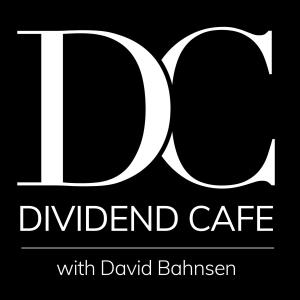
Episode 391: Debt and Everything Else
The Fed did exactly what they were expected to by any reasonable person – nothing more, nothing less.

The Fed did exactly what they were expected to by any reasonable person – nothing more, nothing less.
We had an interesting week in financial markets … The Fed did exactly what they were expected to by any reasonable person – nothing more, nothing less. They acknowledged the economy is improving, they said they were “talking about talking about” slowing down their quantitative easing. And they indicated two years from now as a time where the fed funds rate may be 50 basis points higher than it is now (may it be so).
And that was it. No actions, policies, or steps. No commitments, promises, or assurances. Just loose language around some policy measures that are (a) Brutally obvious, (b) Not remotely hawkish, and (c) Not nearly enough if the conditions people are saying they are worried about are actually present.
So how did people respond? After three months of people saying “inflation is here” and the “Fed must act” – what happened?
Commodities got hammered, and the yield curve flattened more than it has in ages.
You can’t make this stuff up.
But rather than re-hash what I think the Fed will do, or what they should do, or what is going on in the inflation ad nauseum discussions, I think this week’s Dividend Cafe needs to better unpack what the real, actual, accurate under-current is to all of this.
More or less, every single topic being discussed right now has as its true foundation the reality of debt. The accumulation of debt. Concerns about debt. Plans for more debt. Questions about servicing of debt. The promise of debt. The fear of debt. The cost of debt. For a four-letter word where 25% of its letters are actually silent, this is a pretty potent word in 2021 economics.
And it is the subject of this week’s Dividend Cafe. Let’s dive in.
Get new episodes of The Dividend Cafe automatically